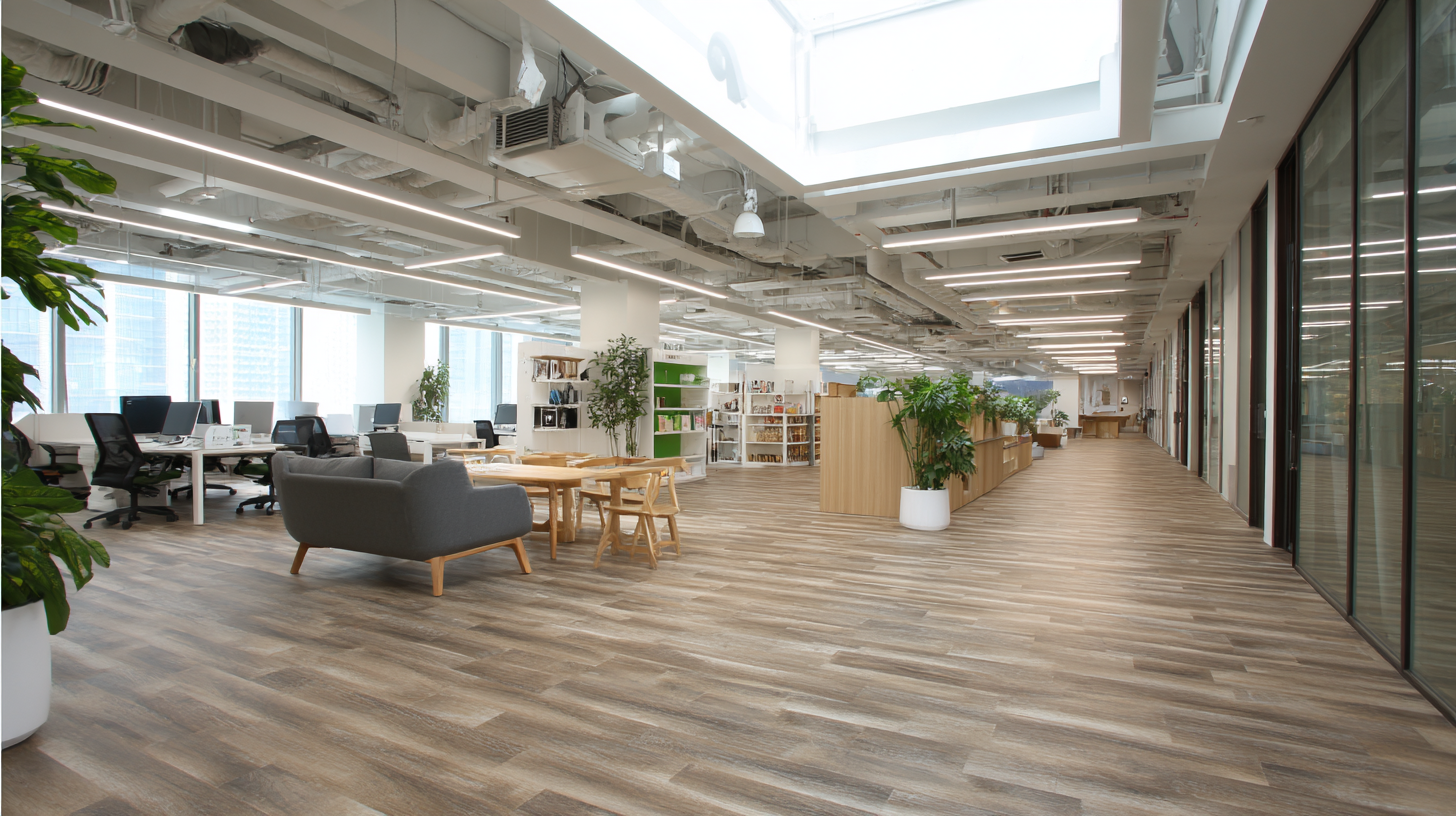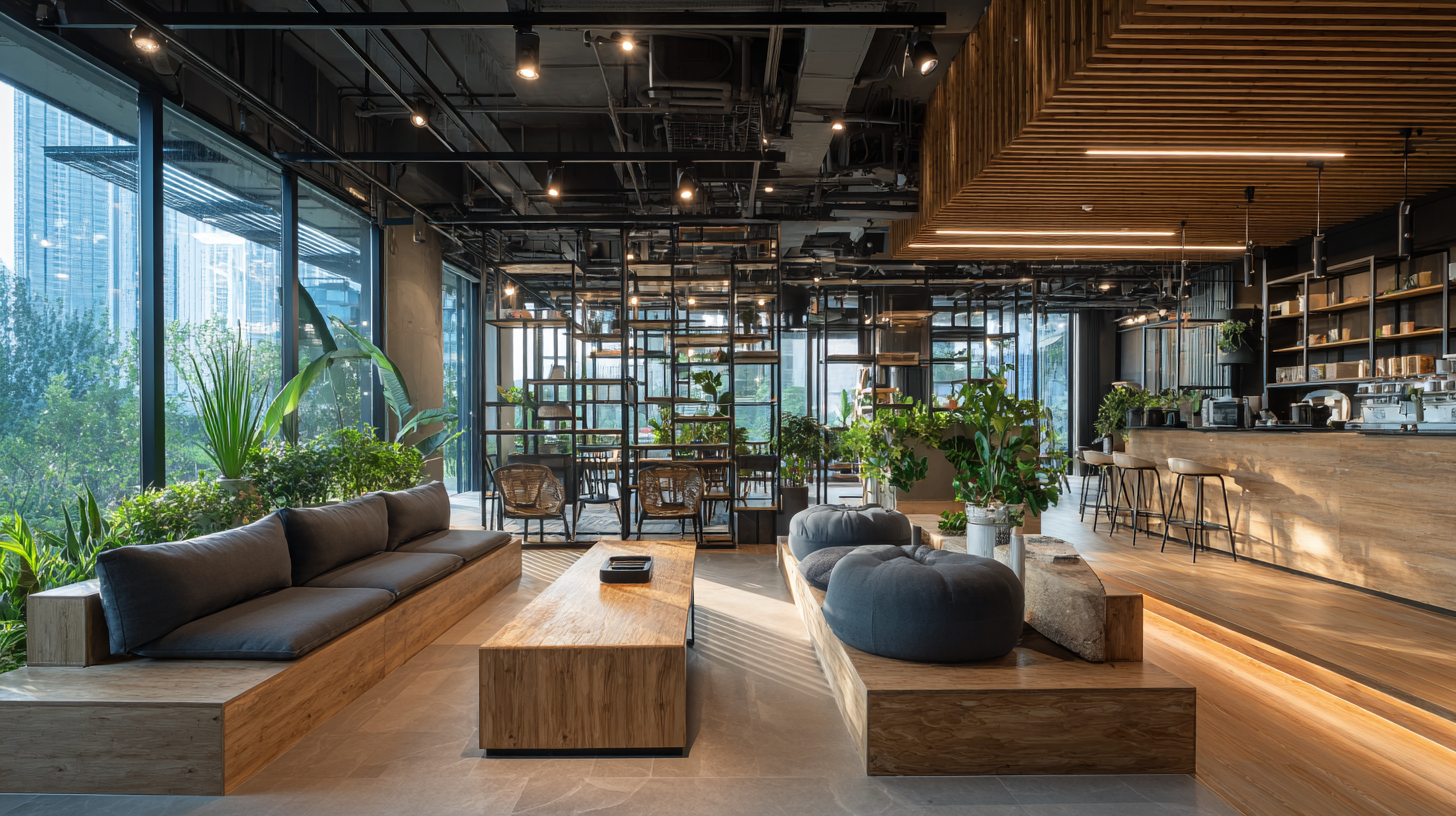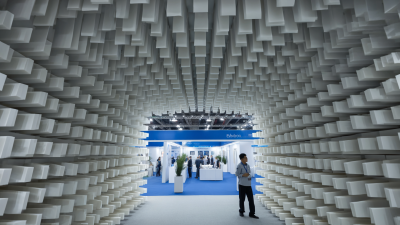
- Ginazhao@wanglumaterial.com
- Mon - Sat at 7:00AM to 9:00PM



The rise of sustainable materials in interior design has prompted a shift towards innovative solutions that merge functionality with environmental responsibility. One such material gaining traction is the WPC Flat Panel, known for its durability and eco-friendly properties. According to a report by the Green Building Council, the demand for composite materials, including WPC (Wood Plastic Composite), is projected to grow significantly, driven by a 15% increase in green building initiatives globally.

The WPC Flat Panel not only offers a versatile aesthetic appeal for modern interiors but also contributes to waste reduction by utilizing recycled wood fibers and plastics. As more designers and homeowners seek sustainable alternatives, understanding the transformative benefits of WPC Flat Panels becomes essential for creating stylish, environmentally conscious spaces.
WPC flat panels, made from wood-plastic composites, offer a myriad of benefits that align perfectly with sustainable interior design practices. Firstly, they are engineered from recycled materials, significantly reducing the carbon footprint associated with traditional building materials. This makes WPC panels an eco-friendly alternative that supports a greener lifestyle while maintaining aesthetic appeal. The durability of these panels also ensures that they require less frequent replacement, further minimizing waste over time.
When considering WPC flat panels for interior spaces, remember these tips: Choose finishes that complement your existing decor to create a seamless blend between nature and modernity. Additionally, incorporating various textures and colors can enhance the visual interest of your interiors. Lastly, always verify that the WPC products you select are sourced from reputable manufacturers who prioritize sustainability in their production processes.
By integrating WPC flat panels into your design, you are not only making a stylish choice but also supporting sustainable practices. This innovative material allows you to create beautiful, functional spaces that resonate with nature while being kind to the planet.
Wood Plastic Composite (WPC) flat panels are gaining traction in modern interior design due to their durability and sustainability. Key industry statistics highlight the outstanding longevity of WPC materials when compared to traditional options like PVC, polypropylene (PP), and polyethylene (PE). For instance, WPC panels exhibit remarkable resistance to moisture, rot, and UV degradation, making them ideal for both indoor and outdoor applications. They are extensively utilized in industry infrastructure, such as decking and fencing, where exposure to the elements poses significant challenges to conventional materials.
Regionally, the adoption of WPC materials shows promising trends in North America and Europe, where sustainability standards are becoming increasingly stringent. The construction and architectural sectors are particularly influenced by these developments, favoring WPC due to its lower carbon footprint and recyclability. In contrast, the market in Asia is emerging with a focus on innovative applications beyond traditional settings, including furniture and decorative elements. As manufacturers continue to invest in R&D, the future of WPC flat panels appears bright, aligning with the growing demand for environmentally friendly alternatives in interior design.
This chart displays the comparative durability and longevity of WPC (Wood Plastic Composite) materials against traditional materials like wood and MDF (Medium Density Fiberboard). The data shows WPC's superior performance in various metrics, making it an ideal choice for sustainable interiors.
 WPC (Wood Plastic Composite) flat panels are emerging as a cost-effective alternative to traditional materials in modern interior design. Unlike conventional materials that often demand high expenses for both production and installation, WPC flat panels benefit from the utilization of recycled plastics and wood fibers, significantly lowering costs. The trend of substituting virgin plastic with recycled materials not only reduces manufacturing expenses but also contributes to a more sustainable approach. This shift not only alleviates the burden of waste plastics but also encourages innovative design solutions without compromising quality.
WPC (Wood Plastic Composite) flat panels are emerging as a cost-effective alternative to traditional materials in modern interior design. Unlike conventional materials that often demand high expenses for both production and installation, WPC flat panels benefit from the utilization of recycled plastics and wood fibers, significantly lowering costs. The trend of substituting virgin plastic with recycled materials not only reduces manufacturing expenses but also contributes to a more sustainable approach. This shift not only alleviates the burden of waste plastics but also encourages innovative design solutions without compromising quality.
Moreover, the durability and low maintenance of WPC flat panels further bolster their attractiveness in a competitive market. Traditional materials such as wood often require regular upkeep and treatment to withstand the elements, driving up long-term costs. In contrast, WPC flat panels are resistant to moisture, insects, and rot, making them a smart financial choice for both homeowners and designers. This combination of economic viability and sustainable practices positions WPC flat panels as a favorable option for environmentally conscious consumers looking to enhance their modern interiors.
Wood Plastic Composites (WPC) panels are gaining traction as sustainable solutions for modern interiors, particularly due to their eco-friendly manufacturing processes. Made from a blend of recycled wood fibers and plastic, WPC panels significantly reduce the reliance on virgin materials. This not only minimizes waste but also addresses the larger issue of plastic pollution, as the trend to replace virgin plastic with recycled variants is becoming increasingly important in construction. By utilizing post-consumer waste, manufacturers can contribute to a circular economy while also ensuring that high-quality materials are available for various applications.
The manufacturing processes for WPC panels are designed to be environmentally responsible, often incorporating renewable energy sources and minimizing emissions. Innovative methods are being explored, including the use of AI in optimizing production techniques, which can lead to lower energy consumption and waste generation. In addition, specialized treatments can enhance the durability and aesthetic appeal of WPC panels, making them a favored choice for commercial projects. This combination of sustainability and performance ensures that WPC panels are not only an eco-friendly option but also a practical solution for modern interior design.

WPC (Wood-Plastic Composite) flat panels are gaining popularity in modern interior design due to their versatility and sustainable properties. These panels, made from a blend of wood fibers and plastic, offer a unique combination of aesthetics and functionality. Their natural wood-like appearance allows them to seamlessly integrate into various interior styles, whether contemporary, rustic, or minimalistic. This adaptability makes WPC flat panels an ideal choice for applications such as wall cladding, cabinetry, and even furniture.
In addition to their visual appeal, WPC flat panels are highly durable and resistant to moisture, making them suitable for high-demand areas like kitchens and bathrooms. They can be easily customized in terms of size, finish, and color, enabling designers to create bespoke solutions for any space.
Furthermore, the eco-friendly nature of WPC materials appeals to architects and homeowners looking to reduce their environmental footprint. With their array of functional and aesthetic benefits, WPC flat panels are poised to become a staple in modern interior spaces, offering both beauty and practicality in sustainable design.





